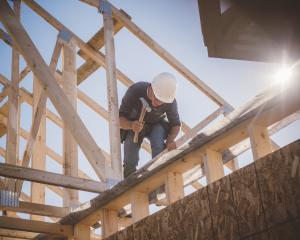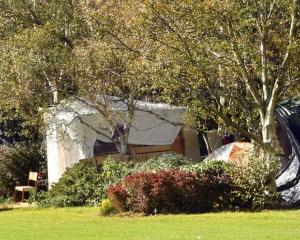Allan Steel (60) said the more information available for genealogists the easier it was to create a family tree.
''I know what it's like when you are trying to find a headstone for someone in a town that you can't get to. If someone in Auckland wants to get a photo of a plaque of his grandfather in Andersons Bay, then I'm making it available.''
He had photographed 5800 graves and plaques of 6100 servicemen and women in Dunedin cemeteries since last November. About 300 of the 6100 names were from memorials of those buried overseas or those who died on the way to war and were buried at sea, he said.
The Dunedin City Council website had a record of those buried in council cemeteries but did not record the information on memorial plaques, he said.
''But there's no official records of the sons at the council,'' Mr Steel said.
The photo would help genealogists learn of the three fallen men, he said.
But the database contained mostly those who served, returned and died in New Zealand, such as his father, James Allan Steel, who served in the Middle East between 1941 and 1943 and was buried in Andersons Bay Cemetery in 1962.
Mr Steel photographed the graves and plaques on Sunday mornings and returned home to match the names of the servicemen and women with cemetery records and the records of the units in which they had served, and then transcribed them into a spreadsheet.
He had taken all the photos for the project and was inputting the data, he said. When the spreadsheet was complete, he would send it to several museums and would not be updating the project with more photos, he said.
''I'm not guaranteeing I've found them all, but I've made as good as an attempt as I can.''
The project was a follow-on from another he completed last year, in which he photographed all the 8100 graves and plaques in 18 Otago cemeteries and transcribed the information to a spreadsheet to to provide back-up in the event of a natural disaster destroying the sites.












